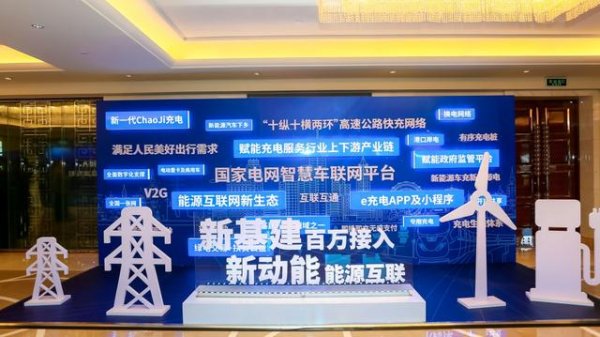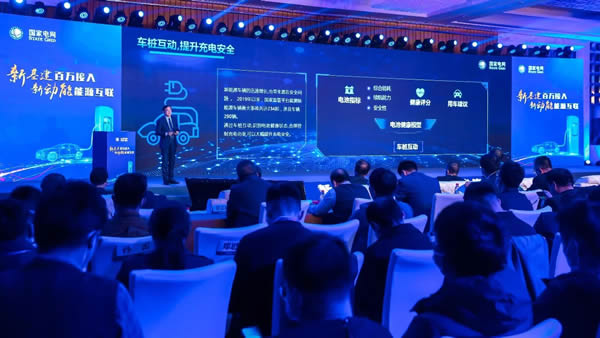
On November 20th, State Grid Electric Vehicle Company held a theme release event of "New Infrastructure One Million Access to New Kinetic Energy Energy Interconnection", announcing that over 1.03 million charging piles have been connected to the State Grid Smart Vehicle Networking platform, covering 29 provinces, 273 cities serve 5.5 million consumers of electric vehicles, making it the world's most extensive charging pile network with the largest number of services.
Among the over a million charging piles connected to the platform, there are 626,000 public charging piles, accounting for 93% of the total number of public charging piles in the country, and 66% of the total number of public charging piles in the world; 380,000 connected to the whole country Personal charging piles account for nearly 46% of my country's private charging piles.Since then, from the backbone network of ten vertical and ten horizontal expressways, to the "capillary" charging network throughout China's fourth- and fifth-tier cities, from dedicated charging stations covering the fields of public transportation, sanitation, logistics, etc., to in-depth communities to achieve smart upgrades For private shared piles, electric vehicle owners only need to use an APP to enjoy nationwide charging services.
In recent years, the application range of new energy vehicles has become wider and wider, and new and higher requirements have been continuously placed on the charging and swapping service infrastructure.
The State Grid Smart Vehicle Networking Platform has always been committed to creating a full-scenario coverage network for charging and swapping services, providing users with high-quality and convenient charging and swapping experiences.
Based on the research and development, model exploration and engineering demonstration of charging and swapping technology that State Grid Corporation has been actively carrying out since 2006, this charging network that aggregates millions of charging pile resources has been used in the research of interactive technology and business model innovation between electric vehicles and the energy Internet Has accumulated a wealth of practical experience.
At present, through smart charging, electric vehicle owners can already use load valleys to charge, reduce charging costs in an all-round way, assist in participating in grid peak and frequency modulation, and improve the utilization of charging equipment while helping the safe operation of the grid.
At the same time, through V2G technology, users can also reverse power transmission to the grid during peak power consumption of the grid, making electric vehicles a mobile energy storage station, and gaining value-added benefits from participating in grid peak reduction and valley filling.
As a bridge for electric vehicle users to interact with the grid, the State Grid Electric Vehicle Company will take the role of a load aggregator, integrate small and medium-sized load users to participate in the power market, and minimize the impact of massive distributed loads on the grid through professional technical means. Guide load resources and participate in the interactive response of the grid in time.
At the same time, green power transactions with electric vehicles as the main body will be launched to promote the charging of new energy vehicles with new energy electricity.

▲State Grid Corporation of China first released the "China New Energy Vehicle Charging Data Application Analysis Report"
At the press conference, the State Grid Corporation of China first released the "China New Energy Vehicle Charging Data Application Analysis Report". The content spans the upstream and downstream of the new energy vehicle industry chain and innovatively combines the new energy vehicle driving big data with the charging big data. The charging behavior characteristics of new energy vehicles in various scenarios provide theoretical basis for the rational layout of charging and swapping networks, provide technical support for the government to issue corresponding policies, and realize the coordinated development of “people-vehicle-pile-network” in the Internet of Vehicles, which is a new way to explore the charging industry. The business model is of great significance.
















 RCCN WeChat QrCode
RCCN WeChat QrCode Mobile WebSite
Mobile WebSite